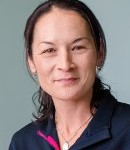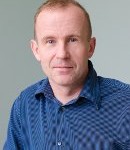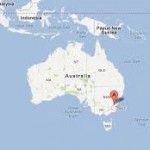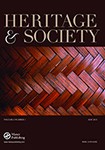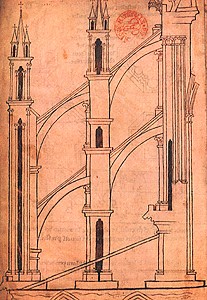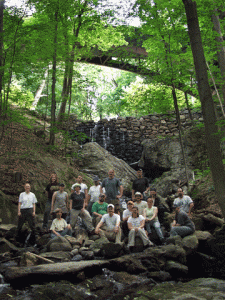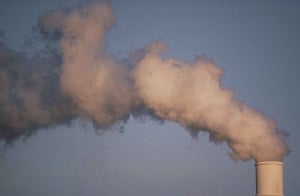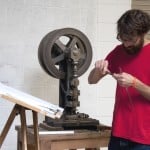
Daniel Schneider, a master’s student in the Industrial Archaeology program has received funding through two grants totaling $2,800 for his master’s thesis project at the Hamilton Wood Type Museum in Two Rivers, WI. A grant from The Kohler Foundation, Inc. of Wisconsin supports a series of oral history interviews with workers who produced wood printing type in the type shop of the Hamilton Manufacturing Company. Another grant from the Wisconsin Humanities Council supports a public archaeology component of Schneider’s thesis research, which involves the experimental operation of an 19th-century stamping machine that produced wood type for printing decorative borders. These borders would have been used on posters and other large-scale printed matter such as flyers and handbills. He has made a number of trips to the museum to document and rehabilitate the machine, meet with former employees, and use the museum’s archives. He also attended a Wayzegooze event there last in November where he interacted with leaders in the current wood type printing community.
Schneider will demonstrate the machine’s operation March 10-14, 2015, at Hamilton Wood Type & Printing Museum. The museum is in Two Rivers, WI, 40 miles southeast of Green Bay, and is the largest museum devoted to wood type printing in the country (and perhaps the world). He is also in charge of the letterpress studio at the Copper Country Community Arts Center in Hancock, MI.
